PDF chapter test TRY NOW
The elements in the periodic table are classified as metals and non-metals based on their physical and chemical properties. There are around 95 metals and 17 non-metals in the periodic table.
Non-metals are electronegative elements where they gain electrons to form a stable configuration.
Physical properties of Non-metals:
A physical property can be observed and measured without altering the sample's chemical identity. A physical property can cause a physical change but not a chemical change.
Let us see some of the physical properties of Non-metals:
- State
- Lustre
- Malleability
- Ductility
- Hardness
- Valency
- Conduction
- Density
- Sonorous
- Melting point and boiling point
State:
Most of the non-metals exist in all three states of matter at room temperature. For example, carbon (solid), bromine (liquid) and chlorine (gas).
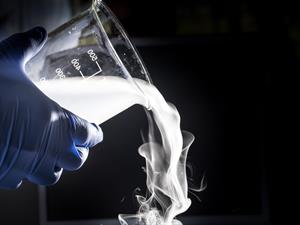
Chlorine gas
Lustre:
Non-metals are non-lustrous (as they have no metallic lustre and do not reflect light) in nature, except iodine and diamond.
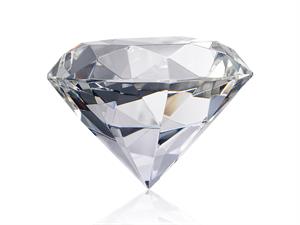
Diamond
Malleability:
Non-metals are non-malleable (as they are very brittle, they cannot be drawn into sheets)in nature, except carbon.
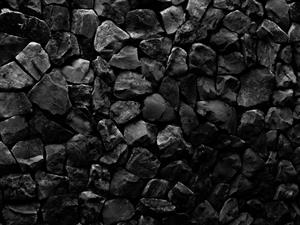
Carbon
Ductility:
Non-metals are non-ductile (as they are very brittle, they cannot be drawn into wires) in nature.
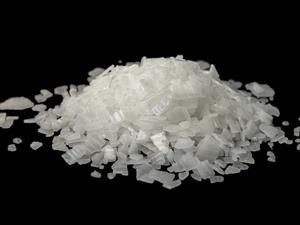
Brittle nature of non-metal
Hardness:
Non-metals are soft except diamond.
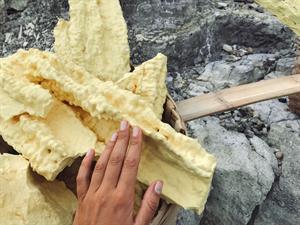
Sulphur
Valency:
Non-metals have 4 to 7 electrons in the outermost shell.
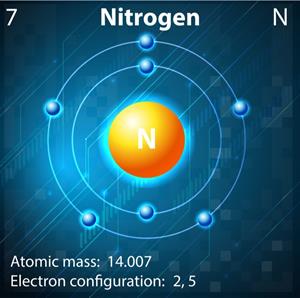
Electronic configuration of non-metal
Conduction:
Non-metals are poor conductors of heat and electricity except graphite.
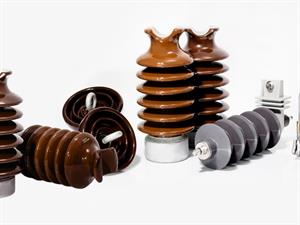
Insulators
Density:
Non-metals have low density.

Graphite
Sonorous:
Non-metals make a dull sound.

Plastics
Melting and Boiling point:
Non-metals have low melting and boiling points except sodium and potassium, which have low melting and boiling points.
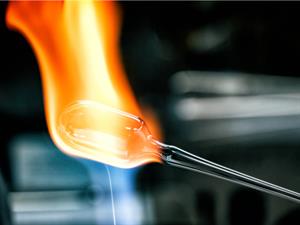
Low melting point of non-metal
The materials which generally possess the above properties are called Non-metals.
Example:
Oxygen, carbon, sulfur, hydrogen, phosphorous, nitrogen, chlorine etc.
